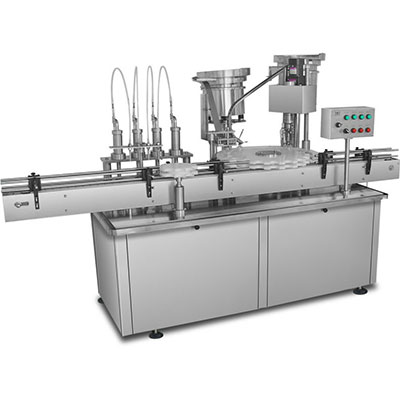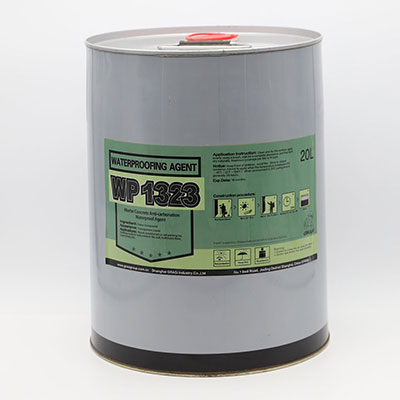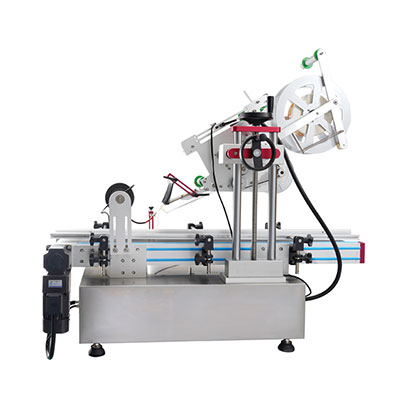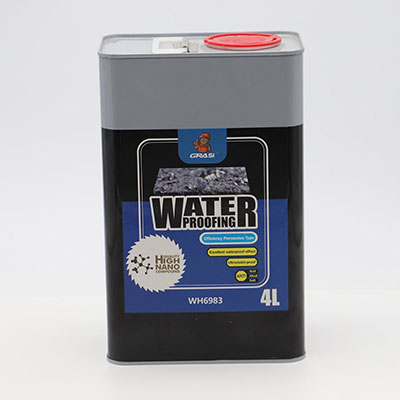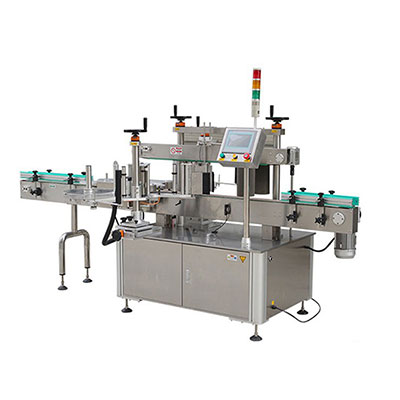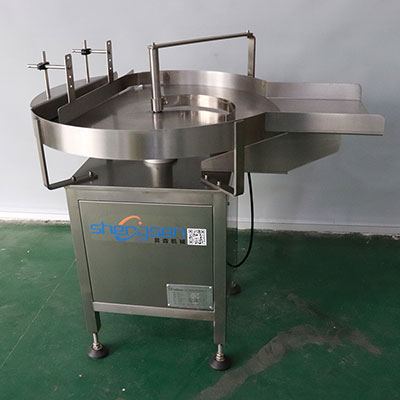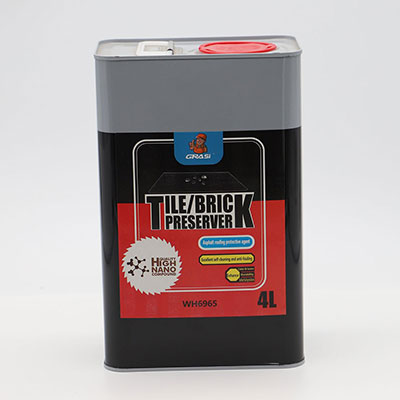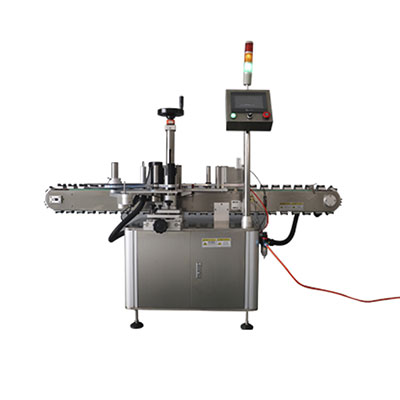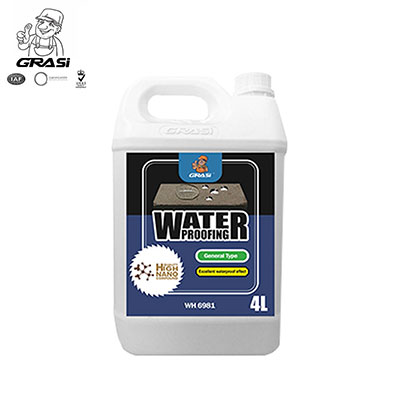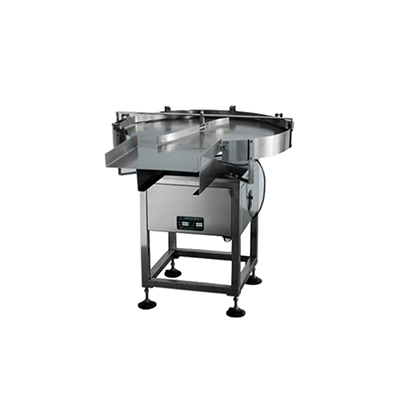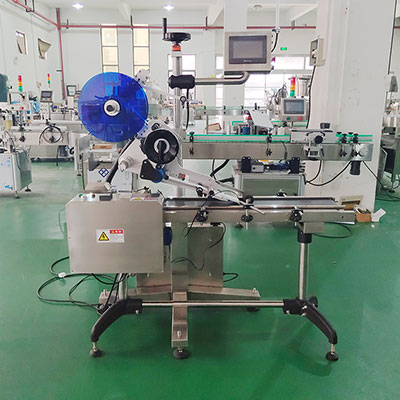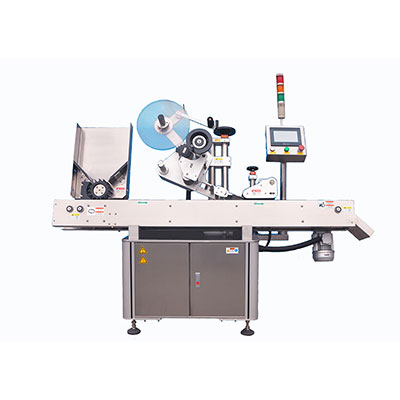Silent Caster
1. Selection and Use Conditions of Caster
Please select proper casters according to the different purposes and conditions of use. Install properly and comply with the conditions of use.
Please pay attention to the following things.
a. Maximum Load
aa. Estimate the total weigh of goods to be loaded and select corresponding caster according to the estimated weight;
bb. In the case of using four casters, the total weight should be within 80% of the permissible load of the casters;
cc. In the case of using casters of different models and sizes, please calculate according to the allowable load of the low load-bearing casters.
b. Speed
On flat, normal-temperature roads, our caster can work continuously at the following speeds.
| Wheel diameter | Speed |
| <100mm | <2km/h |
| ≥100mm | <4km/h |
Note: Avoid using the product after it has been used continuously and has generated heat.
c. Brake
aa. The caster with brake may experience wear after long-term use. This may unknowingly reduce the function of the brake, so please pay more attention.
bb. For ordinary hard wheels, like nylon wheels, the braking capacity declines continuously from the use of them
cc. To improve safety, some special means, such as wheel block, should be taken in some specific situations.
d. Service Environment
Generally, casters are designed to be used in indoor room temperature environment. Avoid use in special circumstances, such as high temperature, low temperature, high humidity, acidity, alkalinity, salinity, oiliness, sea water, etc. When the temperature of the service environment exceeds the specified range, -10℃~ 60℃, please do not use the caster.
2. Installation
a. Please make sure that the mounting plane is horizontal
b. For the swivel caster, be sure to install when the rotating shaft is kept perpendicular
c. For rigid ones, make sure to install when the two casters are parallel to each other
d. After the fixed connection portion is determined, choose screws, nuts, and gaskets of appropriate size. Insert the screw into the mounting holes and tighten the caster until there is no gap so as to avoid looseness.
Tighten the hexangular part with an appropriate torque force to avoid expansion and breakage of the shaft portion caused by excessive screwing. When the diameter of the screw is 12 mm, the most appropriate torque is 29.4 to 49.0 N·m or 300 to 500 kgf·cm.
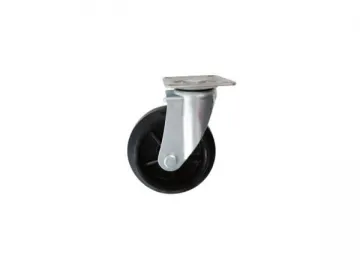
3. Operating Precautions
a. Set Conditions
aa. Avoid loading goods with the total weight exceeding the maximum load capacity of the caster
bb. Avoid leaning to one side when bearing load
cc. Avoid any impact, such as dropping the caster from a high place, shaking, etc
dd. Avoid using on uneven roads or roads with sharp protrusions
b. Brake
aa. When the caster is in the brake state, it is prohibited to push;
bb. Avoid applying excessive force to step on the control bar of the brake and avoid using hammer to beat the control bar;
cc. Do not place the braked caster on a slope. If you really need to do so, please use wheel block and other means.
dd. Please move after the brake is released.
4. Inspection and Maintenance
a. After a long-term use, please check and maintain the caster on a regular basis
b. Check if the mounting part and the axle are loose, and check if the caster has breakage, cracking or deformation. Make sure that the rotating shaft of the wheel is tightened. If there is any looseness or abnormality in the connection of the wheel part and the mounting section, please replace immediately.
c. When the caster is subjected to aging, damage, or other poor conditions, please replace the product immediately. Avoid replacing the wheel part only.
d. If foreign matters enter the rotation and wheel parts, please clear immediately. Otherwise, poor rotation may be resulted in.
Related Names
Swivel Casters Supplier | Pneumatic Wheels | Heavy Duty Castors
Links:https://globefindpro.com/products/45450.html
-
 CW-800RS CK Side Seal Bag Making Machine
CW-800RS CK Side Seal Bag Making Machine
-
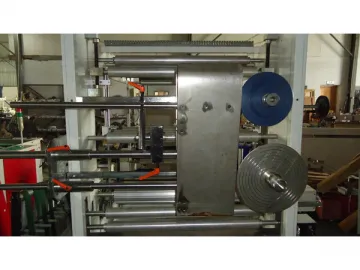 CWZD-400B FD, CWZD-500B FD,CWZD-600B FD Laminated Bag Making Machine
CWZD-400B FD, CWZD-500B FD,CWZD-600B FD Laminated Bag Making Machine
-
 CW-800NJT Patch Handle Carrier Bag Making Machine
CW-800NJT Patch Handle Carrier Bag Making Machine
-
 CW-1000PR C2 Bag Roll Making Machine
CW-1000PR C2 Bag Roll Making Machine
-
 H-151 Silent Rubber Caster with Iron Core
H-151 Silent Rubber Caster with Iron Core
-
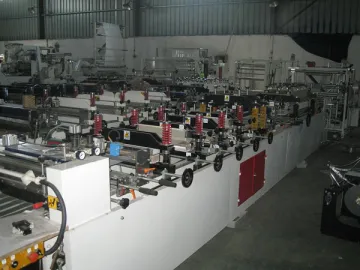 CWZD-400B,CWZD-500B,CWZD-600B Laminated Bag Making Machine
CWZD-400B,CWZD-500B,CWZD-600B Laminated Bag Making Machine
-
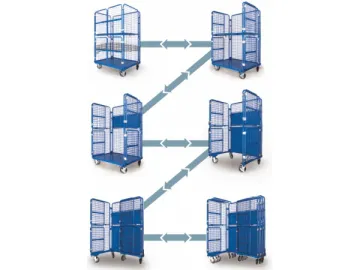 Roll Container with Mesh Sides
Roll Container with Mesh Sides
-
 CWZD-400-ZF High Speed Bag Making Machine Specially Used for Center and Bottom Sealing Bag (Center Seal Bag and Four Side Seal Bag Making Machine)
CWZD-400-ZF High Speed Bag Making Machine Specially Used for Center and Bottom Sealing Bag (Center Seal Bag and Four Side Seal Bag Making Machine)
-
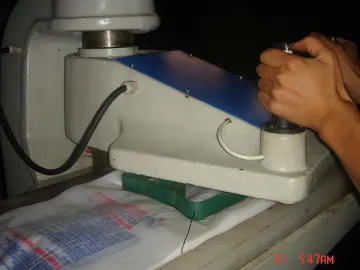 Bag Hole Punching Machine
Bag Hole Punching Machine
-
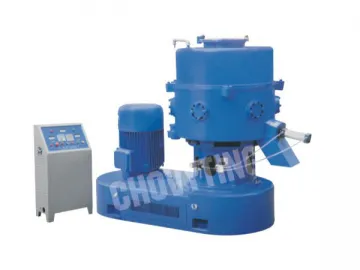 Plastic Recycling Machine
Plastic Recycling Machine
-
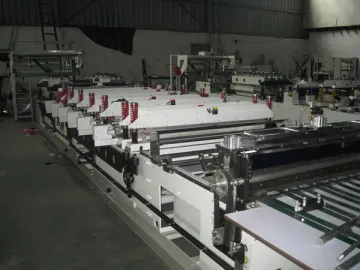 CWZD-400-A, CWZD-500-A,CWZD-600-A Side Seal Bag Making Machine
CWZD-400-A, CWZD-500-A,CWZD-600-A Side Seal Bag Making Machine
-
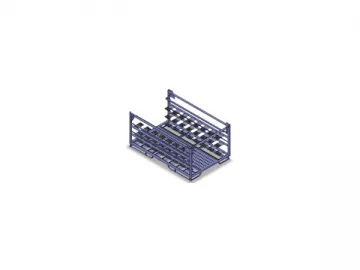 Stillage for Door Frame / Bumper / Stamping Parts
Stillage for Door Frame / Bumper / Stamping Parts
